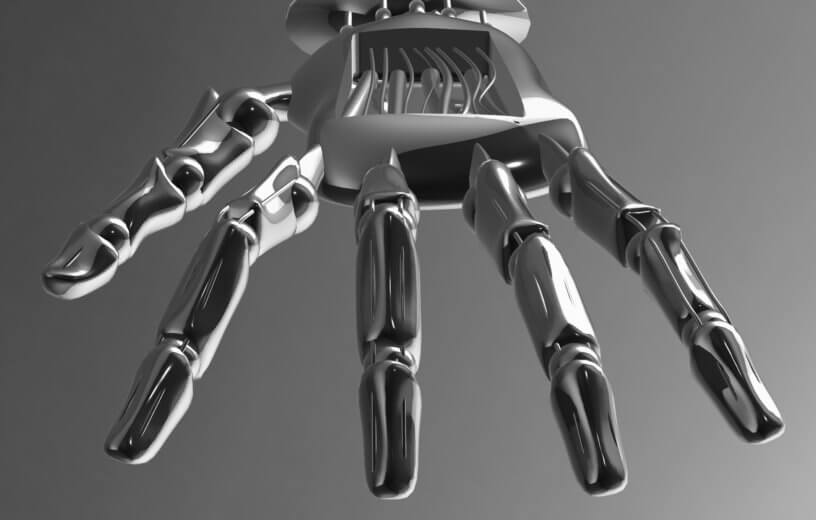
BEIJING — James Cameron’s 1991 film Terminator 2: Judgment Day is considered a cinematic classic, in large part due to its iconic villain: a vicious killer robot capable of morphing into liquid form and taking on various shapes and sizes. Now, it seems that Cameron’s take on the future of robotics may very well be on its way to coming true. Chinese researchers have developed a new liquid metal capable of being moved and stretched through the use of magnets.
While this is just the first step in a lengthy development process, researchers say they are already envisioning these metals being used in the robotics field.
Some metals, such as gallium and certain alloys, take on a liquid form at room temperature. These liquid metals feature unique properties including high conductivity, high deformability, and a low melting point. These characteristics already make such metals attractive in the development of more flexible and soft robotic models.
Previous experiments took those metals and added magnetic particles, such as nickel or iron. This resulted in the creation of new liquid metals partially capable of being manipulated by magnets. However, the first magnetic liquid metals created weren’t exactly on the Terminator-level. These initial liquid metals had to be kept completely immersed in another liquid, to avoid turning to paste, and could only be moved horizontally.
So, researchers set out to fix these deficiencies. Iron particles were added to a liquid metal sample submerged in hydrochloric acid. This successfully lowered the liquid’s surface tensions, allowing the metal to be stretched to almost four times its normal length. Additionally, this new liquid metal could move and stretch both horizontally and vertically, and was even able to rise out of another liquid without turning to paste.
To prove this, the metal was used to connect two electrodes; one submerged in hydrochloric acid and another not submerged at all. Amazingly, the liquid metal was able to stretch vertically and then move horizontally, partially exposing itself to the air. Researchers compared this breakthrough to an amphibian making its way onto land.

The study is published in the journal ACS Applied Materials & Interfaces.
